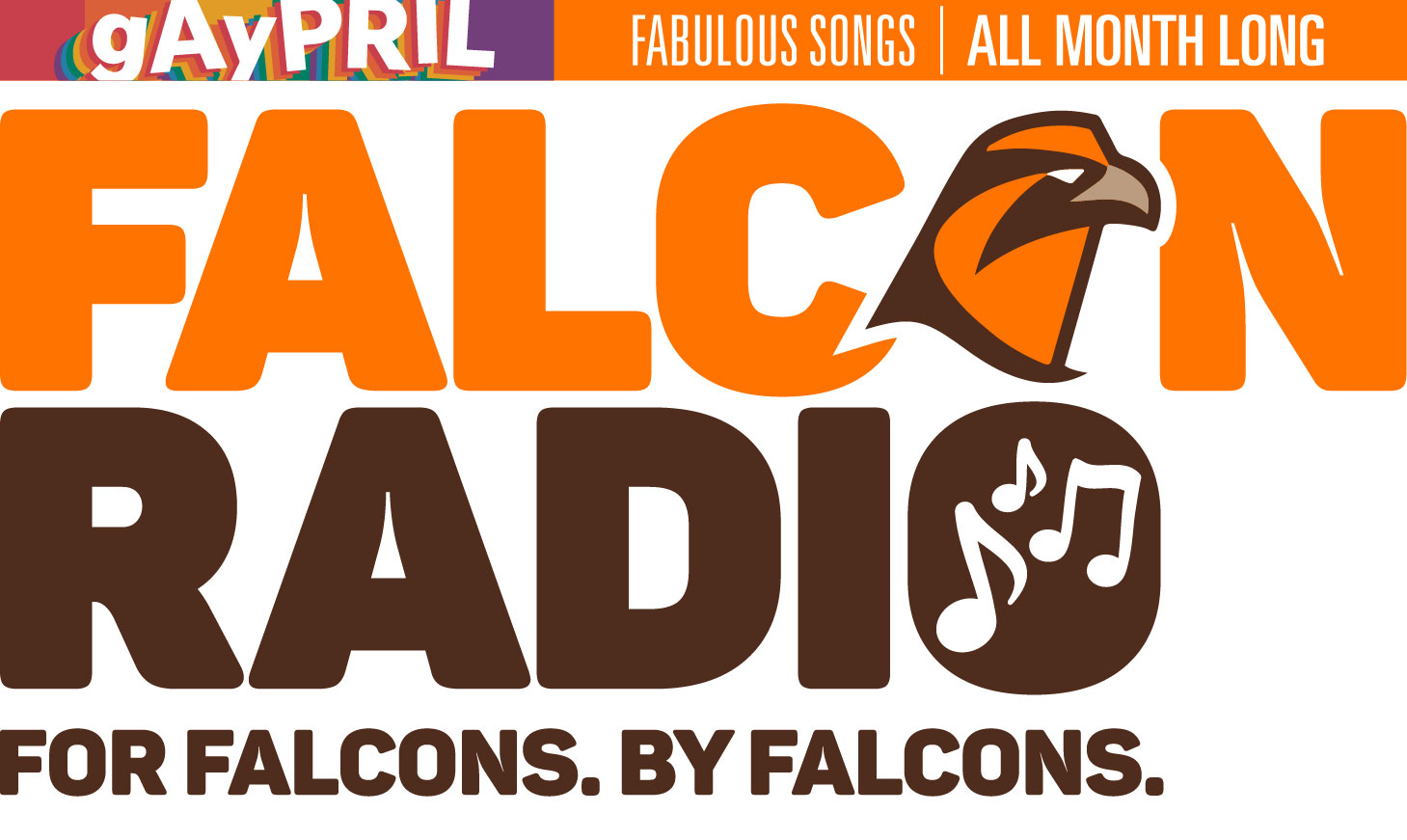Listening to songs can tell a lot about the culture during the song’s time period, according to Richard Aquila. In his presentation last night, Aquila played clips of songs from the 1950s to the present that depicted stereotypes and issues facing Native Americans.
“Images changing in music can be linked to changes happening in the society and the culture,” said Aquila, a candidate for the ethnic studies department chair. “Popular music is a valuable source of historical evidence because it reflects the culture, but it can also shape it.”
The first song he played was a 1993 song by Bill Miller. The song had a traditional Native American feel with its repetitious drumming and lyrics that thanked the creator, according to Aquila.
“This song is pretty accurate in its depiction of Native American culture, but pop music wasn’t always like that,” he said. “Back in the 1950s and early 60s, music made use of the stereotypes.”
Aquila said the stereotypes in songs included depicting Native Americans as savages; comic or trusty sidekicks; or romantic, exotic characters.
“For some people today, these kinds of stereotypes can be harmful,” he said. “It gives a certain impression on the part of listeners.”
According to Aquila, the worst song depicting stereotypes of Native Americans is a 1960 song, “Please Mr. Custer, I Don’t Want to Go,” by Larry Verne.
The song portrays Native Americans as both savage warriors and comedic characters, he said.
Stereotypes in songs, like Verne’s song, can reflect what was happening in society during that time.
“The songs suggest that Native Americans weren’t being treated as real Americans,” Aquila said. “Any ethnic traits that were different from American norms were viewed as inferior.”
But these stereotypes began to change – and so did popular culture’s image of Native Americans – as a result of the civil rights movement. As society became more aware of Native American issues, popular music became more sympathetic to Native American history, he said.
Movies like “Little Big Man,” which negatively depicts Custer, and books like “Black Elk Speaks,” bring about a revisionist view of Native American issues.
“By the 1980s, images in popular culture are more diverse, but older stereotypes still exist,” Aquila said.
Susana Peña, assistant professor in the department of ethnic studies, asked Aquila how to take into account the way the market affects popular culture when determining authenticity.
“When we look at minorities in popular culture, you have to look critically at commercial interest,” Peña said.
Aquila agreed that in the music industry where songs are written for other people to perform, actual authenticity of the topics and issues is something that should be taken into consideration.
“If it rings true to that group, then it is probably authentic to that group,” he said.
Aquila ended his presentation by describing the three different categories of Native American music: Traditional, powwow and contemporary.
Traditional music uses chants, repetition and traditional instruments in the songs, among other things.
Powwow music can be traced back to Native American dance. The songs incorporate religious songs, war songs and can also sound like traditional music.
Contemporary music fuses Native American issues and concerns with contemporary sounding music.
“Contemporary music suggests that contemporary America is far more diverse than years ago, but race issues are still going on,” Aquila said.
Mary Wrighden, librarian at the University, said she attended the presentation because she is the bibliographer for the ethnic studies department and likes to stay current on the issues.
“I thought it was interesting that he took aspects of popular culture and connected it to history and what’s going on in America,” Wrighden said.















